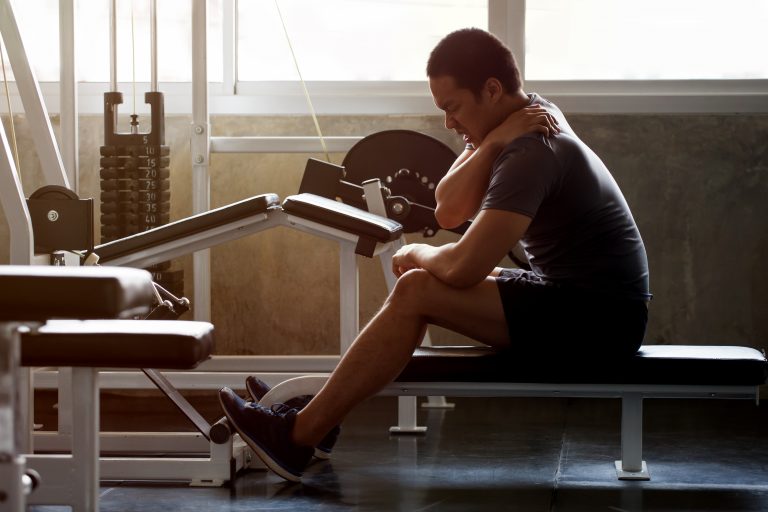What is a Bulging Disc?
Bulging discs, also known as disc protrusions, are a very common occurrence in people of all ages. Shock-absorbing discs cushion the vertebrae that make up the spine. These discs feature a tough, fibrosus shell and a soft-gel-like core. The outer portion of our discs can weaken due to a variety of factors, specifically aging. Pressure from the inner core of the disc can then stretch to the outer rim. This causes the disc to bulge outward in one direction.
Bulging Discs Caused by Sports
One of the more common bulging disc causes is a lifestyle that includes frequent participation in sports. However, this is typically an age-related condition. This is because sports have a tendency to accelerate wear and tear in the neck and back. This can often lead to bulging discs and other degenerative spine conditions. Generally speaking, any activity that puts additional strain on the neck and back can make a person more prone to developing spine problems later in life, and participation in sports — especially high-impact sports — is a common contributor. There are steps you can take to decrease the liklihood od developing a bulging disc. It is not necessary to stop participaing in sports, but caution is always recommended.
The sports that most often lead to development of bulging discs and other issues tend to be those that are hardest on the body. That’s because the spinal discs that normally cushion the spine can become worn through repeated use or injury, and many sports require exaggerated spinal angles and motions that can be difficult on the neck and back. Specifically, sports that require bending, twisting, physical exertion and potentially jarring hits can lead to wear and tear on the anatomy that normally support the spine.
Common High Impact Sports
- Football
- Hockey
- Rugby
- Soccer
- Running
Furthermore, activities like baseball and golfing can lead to neck and back problems because they require repeated twisting that can take a toll on the discs that normally cushion the spine. Athletes should practice proper technique and posture, keep a strong body, engage in stretching and wear necessary safety equipment.
Steps for Prevention and Treatment
While being active can lead to spinal deterioration, it’s also important to avoid having an overly sedentary lifestyle. Being too inactive can lead to strength loss in supporting muscles and is also associated with being overweight. These factors can work together to add to the pressure being placed on the spine and speed up the development of conditions like bulging discs. If the condition is diagnosed, the good news is it can often be successfully managed through treatments like physical therapy, massage, hot/cold therapy, spinal injections and over-the-counter medication.
If conservative treatment is ineffective, you may be a candidate for surgery. At BEST Health System, we focus on a patient-centered experience. Unlike traditional surgeries, best offers patients minimally invasive procedures on an outpatient casis. Contact us today to learn more about the services offered through BEST.
